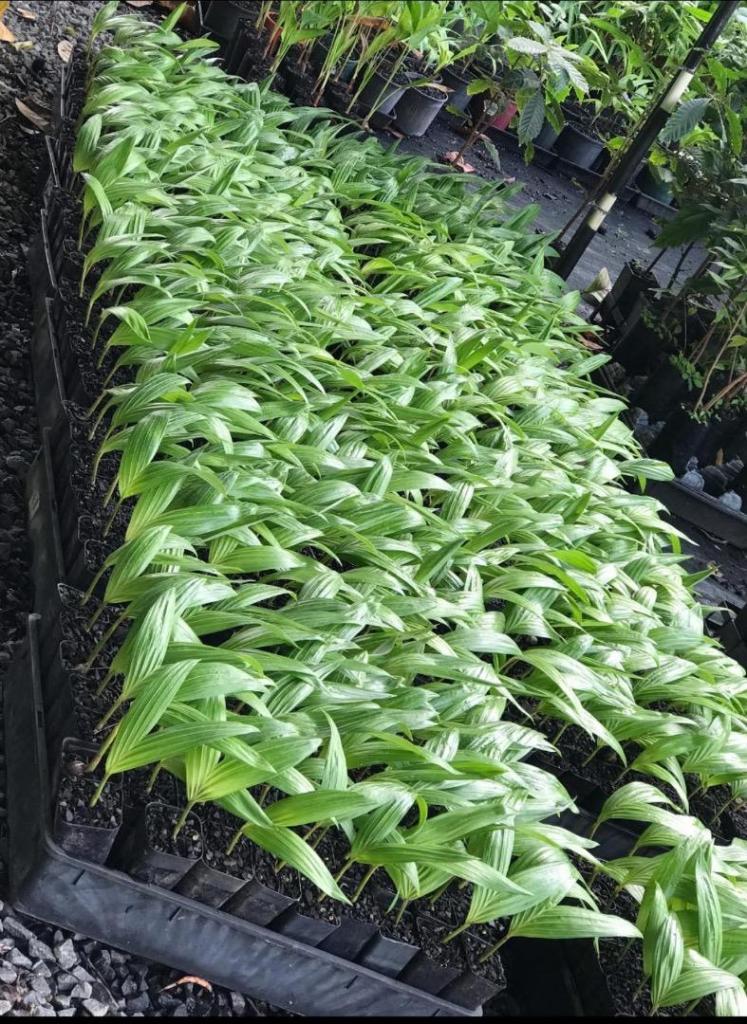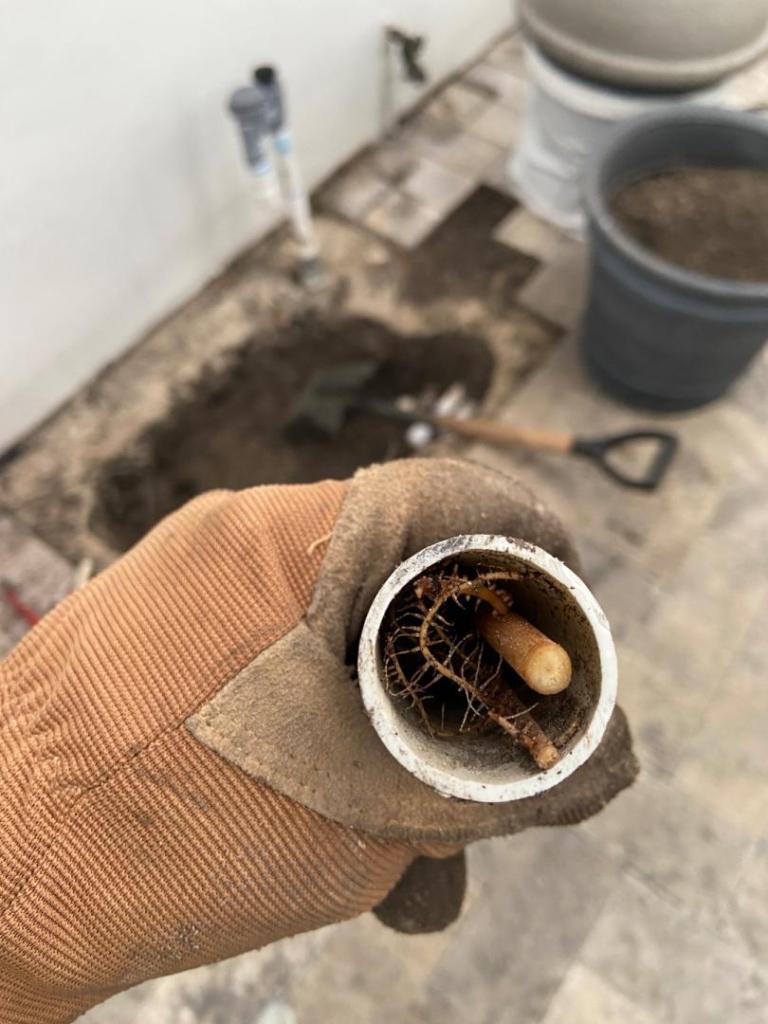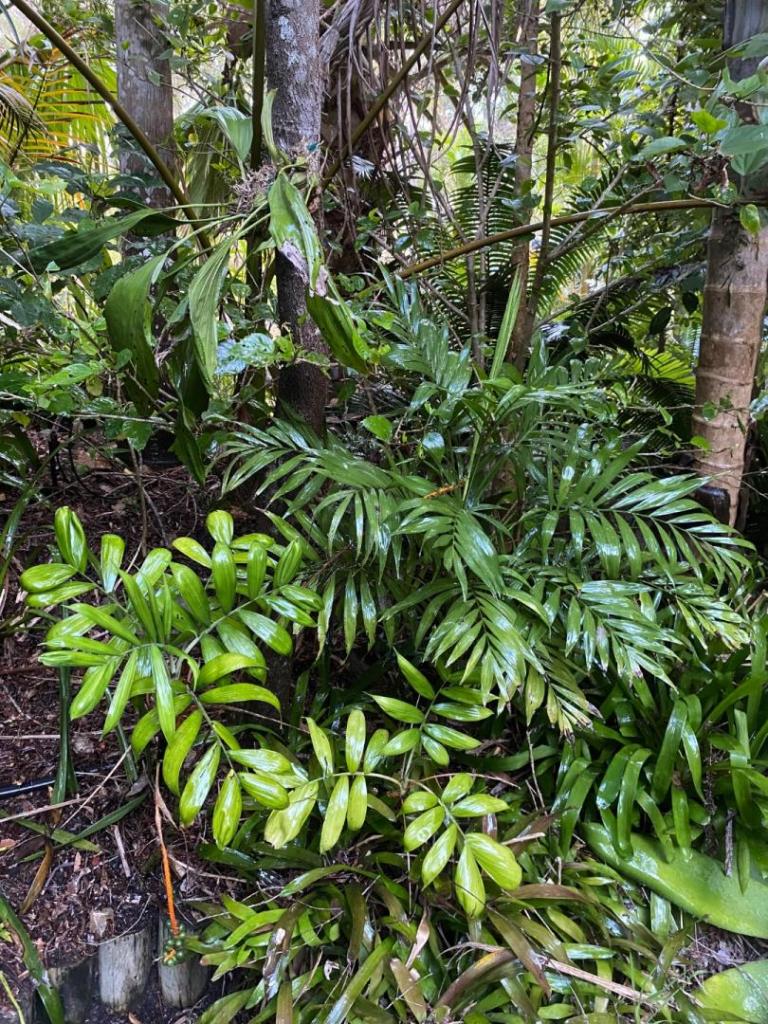All Activity
- Past hour
-
MrTropical started following Barcelona Botanical Gardens and Jardíns del Mossèn Costa i Llobera - April 2025
-

CIDP - root system, soil and air temperature, soil frost ... - why does it survive in some places but not in others?
UK_Palms replied to Mazat's topic in DISCUSSING PALM TREES WORLDWIDE
In all the places where CIDP survives long term, they do not have to deal with any kind of major freeze. This is the ‘be all and end all’ of survival. There are extreme cases of them coming back in Texas and New Mexico, but for most areas that are much wetter, or have cooler growing seasons for recovery, any hard winter freezes will wipe them out. Especially in back to back years. If your lowest winter minimum on average is below -5C / 23F then you won’t be able to grow them, as every other winter will get colder than that meaning defoliation. Back to back defoliations will wipe them out, as can a single brutal winter that see’s perhaps -9C / 15F followed by a load of rain to rot the crown. This is what wipes out CIDP in the inland regions of England, away from major cities, like London. It has been tried and tested. You really need to have winters that do not get colder than about -4C / 25F at worst really most years. St James Park in central London is an open exposed park and has had winter minimums of -3C / 26F the past 2 winters, with the absolute lowest being -5C / 23C in December 2010, February 2018 and January 2023. So the critical damage threshold is not reached in that microclimate = survival. If you are having -5C / 23F or lower every year, they won’t survive for you, especially since you will have far lower than that some years. CIDP also don’t like being wrapped much and a lack of airflow and a lack of sunlight will cause crown rot and a loss of vigour, further weakening the palm. You would need very good airflow and low humidity inside the protection method and even then it is still on borrowed time as the CIDP will outgrow the protection eventually. This is all stuff that has been highlighted in threads on here before, by myself and others. The CIDP’s over here in the UK provide a telling case study on where they survive and what temperatures they survive in cooler, maritime environments. -
Palm Sunday Tour of the Morningside Park Palmetum
Elvis Cruz posted a topic in IPS GENERAL DISCUSSIONS
Sunday, April 13, 2025, Palm Sunday, found a group of female Scouts touring the Morningside Park Palmetum in Miami, Florida. This three-acre palmetum (palm garden) has been part of Morningside Park's original design since it opened in 1953. In recent years it has been greatly improved by volunteers, now home to approximately 200 palms, with 125 different species. Unfortunately, the City of Miami has drawn up plans to get rid of the palmetum. Whether that will actually happen remains to be seen, as the political saga is ongoing. -
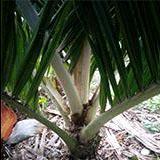
Archontophoenix purpurea seeds
PalmCode replied to PalmCode's topic in DISCUSSING PALM TREES WORLDWIDE
Yeah!! Nice! Those are looking really awesome and... there's heaps! love it - Today
-

Archontophoenix purpurea seeds
Jonathan replied to PalmCode's topic in DISCUSSING PALM TREES WORLDWIDE
Good grief! They look perfect Kris...curse our quarantine regulations...not really, though I'd love to buy 20 off you. Do you have a seed source somewhere that you'd be willing to share? Have found these strangely difficult to find. -

Species ID? Acacia?
Marius replied to Sabal Steve's topic in TROPICAL LOOKING PLANTS - Other Than Palms
It looks like Acacia podalyriifolia to me. -
a very good idea with this variant of winter protection and it works great. And the dog 🤗😄 helps too. So it's twice as good
-
Archontophoenix purpurea seeds
KrisKupsch replied to PalmCode's topic in DISCUSSING PALM TREES WORLDWIDE
-
They are a gorgeous little palm, took me years to find one. (wonder where I did get it from ? :D) They are often confused with Areca novo hibernica which is reputedly tolerant to cold. I've never been able to keep Areca of any kind alive indoors so my baby is in the shade house and hopefully (with many prayers to St Therese) it will cope with my winter nights. Peachy
-
peachy started following The forgotten chamaedorea elegans
-
.jpg.0cf735c7525858af1582442942bc68e8.thumb.jpg.894f59a749fff01eb286c1fe4a50ab62.jpg)
The forgotten chamaedorea elegans
peachy replied to happypalms's topic in DISCUSSING PALM TREES WORLDWIDE
A parlour palm in a 20cm pot and 1 metre over all height will set you back $60 in most nurseries around here. A 13cm pot with about 20 seedlings crammed in it is about $12 in Bunnings and $15 in Coles. Unless you have a small professionally designed courtyard, they don't really stand out as a garden plant but in pots they are hard to beat. Probably a Kentia would be the closest rival. I put very small ones into little pots as gifts but I also have littles of all sizes in strategic positions all over the house. In fancy bigger pots I have 1 metre + specimens on the patio and indoors and visitors always admire them and ask the name. A few places still label them as Neanthe bella. The much maligned Golden cane (Chrysalidus lutescens), ghastly things outdoors, also make a very pretty houseplant surprisingly. Peachy -

Archontophoenix purpurea seeds
PalmCode replied to PalmCode's topic in DISCUSSING PALM TREES WORLDWIDE
Yep, I'll do that.👍 -
.jpg.0cf735c7525858af1582442942bc68e8.thumb.jpg.894f59a749fff01eb286c1fe4a50ab62.jpg)
Nice little Calyptrocalyx Julienettii
peachy replied to happypalms's topic in DISCUSSING PALM TREES WORLDWIDE
If you are keeping Missy Mapu indoors, put her in with a few other small plants and mist spray them for humidity 3 or 4 times a day if the heating is on. Also a good idea for indoors is use deep saucers kept full of water with some pebbles or bits of old pots etc to keep the roots out of the water. If I had a bit of warning I could have made you some little pots with feet on them for just this purpose. Peachy -
Its been on and off very windy here, had about 4 short power cuts from fallen trees, and a moderate amount of rain nothing heavy.
-
that is also a nice CIDP, we are very pleased. Yes, that really makes sense, so the other one can recover well and the new one can take root and grow well with enough vegetation days until the end of the year. well done by you. we recently planted out two. almost at the same time. we can now all follow them with excitement
-
great specimens 🤗😄
-
room yucca - which species is it room yucca - spots on leaves
Mazat replied to Mazat's topic in TROPICAL LOOKING PLANTS - Other Than Palms
these were also cut off next to the greenhouse with stem on another day and put on compost by gardener. we had simply taken them with us and put them in the raised bed on the balcony also last October. they have grown relatively quickly and otherwise survived the winter well with some leaf damage. -
room yucca - which species is it room yucca - spots on leaves
Mazat replied to Mazat's topic in TROPICAL LOOKING PLANTS - Other Than Palms
thank you very much Nathan for your explanation and information regarding the leaf. we still have some in the balcony and Sabine had discovered how a large truck was driven away from the greenhouse and on it, according to her statement, there was an approx. 12 ft high large yucca and several small palm trees in addition and a sign with hotel written on it, she could not read the name exactly. Possibly the mother plant? -
What kind of tree is this
Mazat replied to Mazat's topic in TROPICAL LOOKING PLANTS - Other Than Palms
wow, wonderful. we are curious to see when it will happen here at the lake -
What kind of tree is this
Mazat replied to Mazat's topic in TROPICAL LOOKING PLANTS - Other Than Palms
They fall so low. I wouldn't have thought so -
B2B: The long awaited return to Boyce Thompson Arboretum..
Silas_Sancona replied to Silas_Sancona's topic in TROPICAL LOOKING PLANTS - Other Than Palms
Think the only things that could / could have made AZ about as perfect as it could get would be a little more rain during the summer, every summer, ...which would cut back on the extreme heat ..and had the Gulf ( of CA ) extended a little further north and east ..giving us lots of shallow, Balandra -esque coves and bays between rocky mountain islands between Yuma and Gila Bend ...or as far east as Maricopa.. and as far north as Blythe, along the Colorado.. Other than those two ..or three.. things, diversity of native landscapes here are pretty hard to beat, even if they can look a bit bleak in certain areas, or at certain times of the year. Time your visit right and you might catch everything green this summer ..If the thoughts on a wetter summer, esp. compared to the last two, pans out.. As far as the gardens, DBG is a good visit, but has become wayyy too busy ...and expensive.. $24 -34.00 admission currently, ..and they advise visitors to make reservations, something started back in the pandemic days.. Appears admission drops to just under $17.00 June 1st thru Labour Day, which is good ..though someone might have to make a visit shorter due to the heat. They still host the " free 2nd Tuesday of the month " Community Day " ..which is good too. Boyce, Tohono Chul, Tucson Botanical, and the Desert Museum? admission has gone up there too of course over the years but, no need to make reservations, and all 4 places offer up much more to see / are very close to other worth while places to check out too... Aside from the diversity of stuff to see there, what i really like about Boyce ..and Tohono Chul, is that things aren't babied / planting beds are more natural in how they are managed.. something gets nipped after a cold winter? you'll see that natural process afterward ..unless it was something that posed a significant safety hazard and had to be removed. High Trail up at Boyce offers a unique ..and somewhat intimidating.. experience for those who walk that trail while exploring the overall garden. Great views of Queen Creek and Magma Ridge from up there though. Will say that they may need to keep a closer eye on a few sections of it.. I noticed that some of the rock walls in a couple sections look a little less stable than they did a couple years ago.. Big cracks in some seriously big rocks, lol.. -

Chamaedorea tepejilote and wind
idontknowhatnametuse posted a topic in DISCUSSING PALM TREES WORLDWIDE
How much wind can C. tepejilote take? I placed a pot of recently transplanted 1 year old C. tepejilote in a protected spot in a windy place of my house. Will this affect the growth of the trunk/fronds/roots in any way? This spot only gets sun for like 30-40 minutes everyday so they are safe from the heat. -
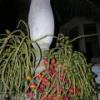
Burretikentia koghiensis and dumasii in Northern CA
pogobob replied to Jim in Los Altos's topic in DISCUSSING PALM TREES WORLDWIDE
It is for this palm apparently. It does that every year. -
 idontknowhatnametuse changed their profile photo
idontknowhatnametuse changed their profile photo -

Identifying Tree Roots that managed to get into a new sewer line
Looking Glass replied to John S's topic in DISCUSSING PALM TREES WORLDWIDE
I could make up a way to tell for sure, and if I was working my old college job, I could do it in an afternoon. Take a separate sample of each tree to a lab, and a sample of the roots in question. They could run gel electrophoresis after extracting and amplifying some DNA from each, and tell you with great certainty what the match was. Would make a nice little project for an advanced biochemistry undergrad. Getting this done in the real world would probably be difficult. But we used to do stuff similar to this all the time, I did the mustard plant variants, and my partner worked with Madagascar hissing cockroaches for research. We would get sunburns on our faces staring at the UV lights all night Doing stuff like this was what some of my classes in chemistry and biochemistry were back then. You got a problem like this and had to figure it out. Some botanist in the biology department might be able to look at the roots under the microscope and tell you also, but what fun would that be. -
Looking Glass started following Identifying Tree Roots that managed to get into a new sewer line
-

Identifying Tree Roots that managed to get into a new sewer line
Looking Glass replied to John S's topic in DISCUSSING PALM TREES WORLDWIDE
Likely the queen. Even though palm roots are not super invasive or destructive, palms aren’t stupid. Palm roots will invade pipes if there is a way in, and moisture is present. Here’s my neighbor’s Adonidia, crossing over underground below a walkway, and invading irrigation pipes here by the foundation. -
The chamaedorea genus with so many to choose from, the only problem with them is which one do I plant with so many beautiful characteristics the choice is endless. But one of my favourites is the elegans I remember my grandmother growing a few on the kitchen window sill and in her greenhouse, so popular years ago they seem to be forgotten about taking second place to the much prettier cousins. Easy to grow and very predictable in growth, a top little understory palm.
-
Identifying Tree Roots that managed to get into a new sewer line
Silas_Sancona replied to John S's topic in DISCUSSING PALM TREES WORLDWIDE
Also thinking Ficus, but pictures of that tree / how tall and wide the canopy is, as well any others within 60ft of the effected pipe would help.. As mentioned above, Roots on Ficus can travel quite a distance in search of water, though 130ft would seem quite a distance unless that tree is huge..



